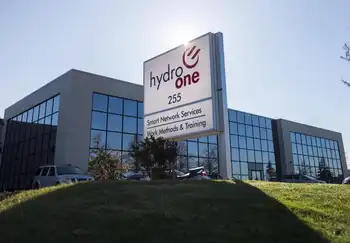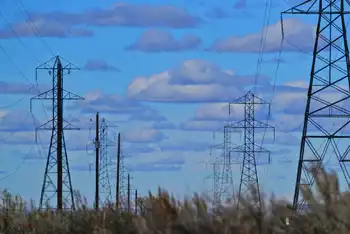Farmers encouraged to look at energy use
By Southeast Farm Press
High Voltage Maintenance Training Online
Our customized live online or in‑person group training can be delivered to your staff at your location.

- Live Online
- 12 hours Instructor-led
- Group Training Available
“Managing Energy on Virginia Farms” was held at the Cumberland County Community Center. Sponsors were Virginia Cooperative Extension; James Madison University; the Virginia Department of Mines, Minerals and Energy; the Virginia Foundation for Agriculture, Innovation & Rural Sustainability; and Virginia Tech.
Speakers addressed agricultural lighting and fan ventilation, wind and solar energy and U.S. Department of Agriculture energy programs and funding during the first half of the daylong conference.
Afternoon breakout sessions addressed specific electricity uses on poultry and dairy farms. Richard Hiatt, president and executive manager of the Rural Electricity Resource Council, told participants that in 2007 U.S. farmers spent an estimated $4 billion on electricity.
“If anything, (that annual cost) seems to be increasing or at least steady each year,” Hiatt said. The first step for farm operators who want to increase their energy efficiency and identify potential savings, he said, is to make a list of everything on the farm that uses electricity, from the lights in the poultry house and the pump in the well to the heating in the farm office and the air compressor in the shop. Next, group the uses into categories such as lighting, ventilation and material handling. Consider the amount of electricity each category consumes and the category’s hours of run time. Then review at least a year’s worth of utility bills to document present usage; note any seasonal or other demand changes.
“You’ve got to get into the bills,” Hiatt said. “You’ve got to get some sort of benchmark.”
Hiatt also talked about lighting options for animal buildings, which frequently have many light fixtures. “If you have a light on for a long time, you can do better than an incandescent bulb,” he said, adding that comparing options and cost is important before purchasing new fixtures. The same goes for ventilation systems, he said. He recommended getting fans’ performance ratings from suppliers.
Dick Peterson, president of Northeast Agriculture Technology Corp., agreed and emphasized the need to keep fans in good working order. Checking belt tension and alignment is critical, he said, and some work environments necessitate cleaning fans as often as four times a year. “If you don’t maintain that fan, the efficiencies go away fairly quickly.”











